Welcome to the Industrial Heritage Network LONDON (IHNL) page. Our inaugural meeting took place at Crossness Engines on the 3rd May 2019. A report of this first meeting can be found on the blog page. Minutes of some of the London meetings can be found below.
ASSOCIATION FOR INDUSTRIAL ARCHAEOLOGY
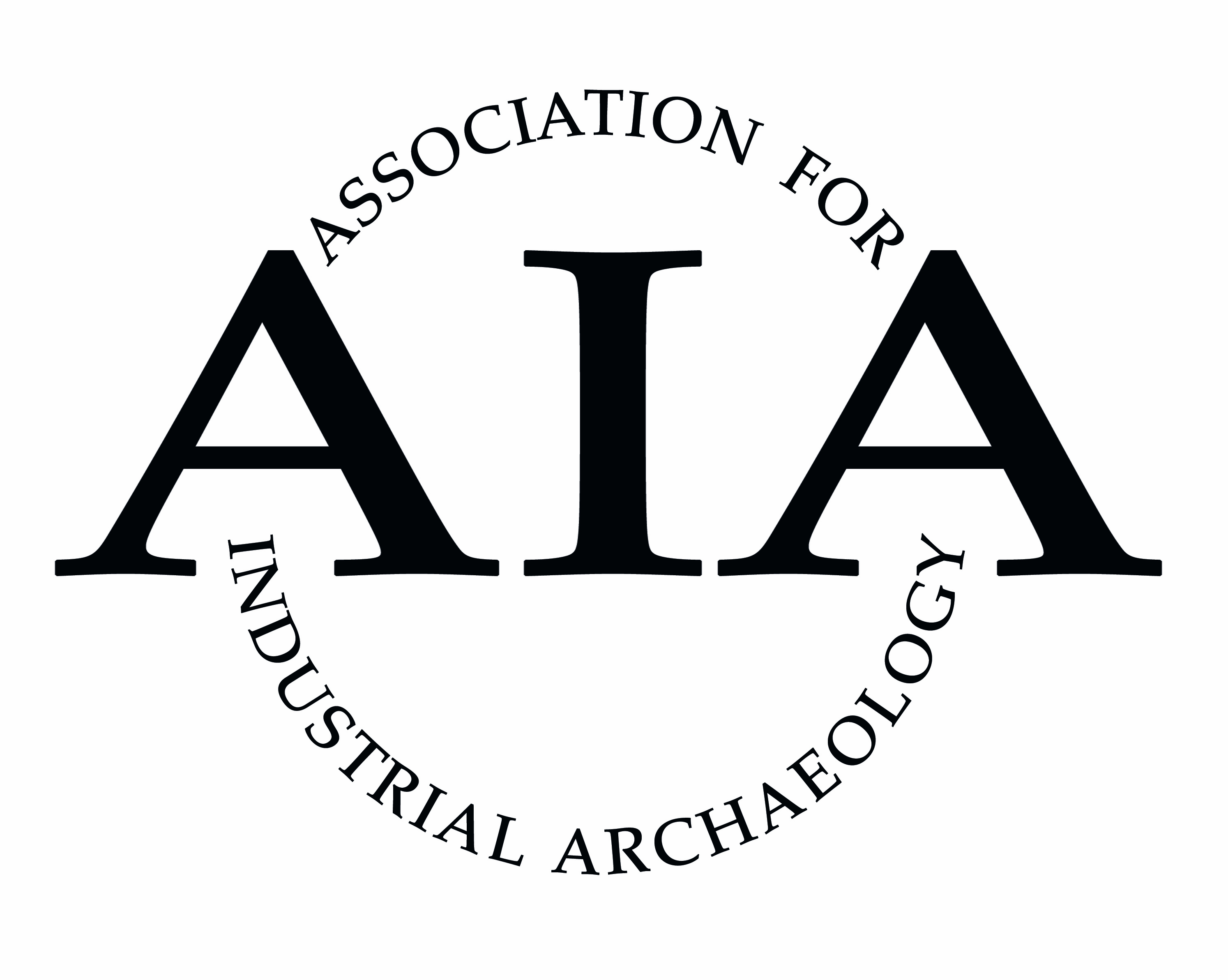
The Association for Industrial Archaeology (AIA) is the national organisation for Britain. The AIA encourages and promotes the public benefit of the study of, and research in, the archaeology of industry and the industrial period, and promotes education in the identification, recognition and conservation of the industrial heritage. The Association funds Restoration Grants; awards cash prizes for research and publications; sponsors new research; lobbies bodies concerned with legislation, planning and funding; unites individuals, local societies, academics and field professionals; represents industrial archaeology nationally and internationally; runs conferences and practical workshops; publishes a biannual academic journal, Industrial Archaeology Review, and a quarterly newsletter, Industrial Archaeology News.
British Vintage Wireless and Television Museum
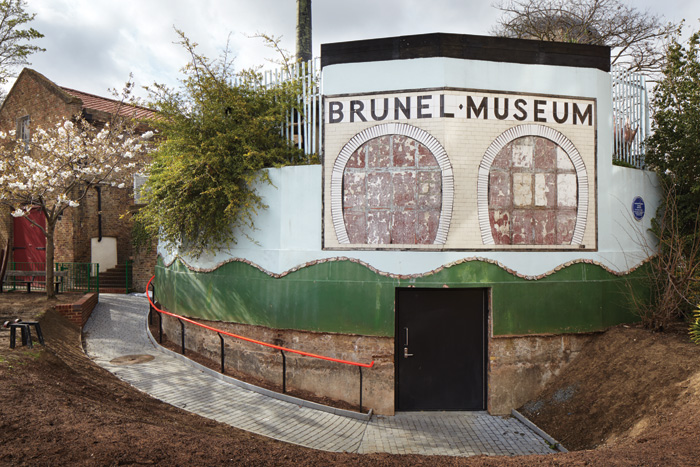
The Brunel Museum is a museum in the Brunel Engine House, Rotherhithe, London Borough of Southwark. Isambard Kingdom Brunel’s first and last projects are on the River Thames. The Thames Tunnel with his father Sir Marc Brunel is now an International Landmark Site and the oldest section of tunnel in the London Underground. The Great Eastern Steamship, his monster ship, was launched just down the river and is the prototype for the ocean liner of today. The Museum is a Scheduled Ancient Monument in award winning riverside gardens.
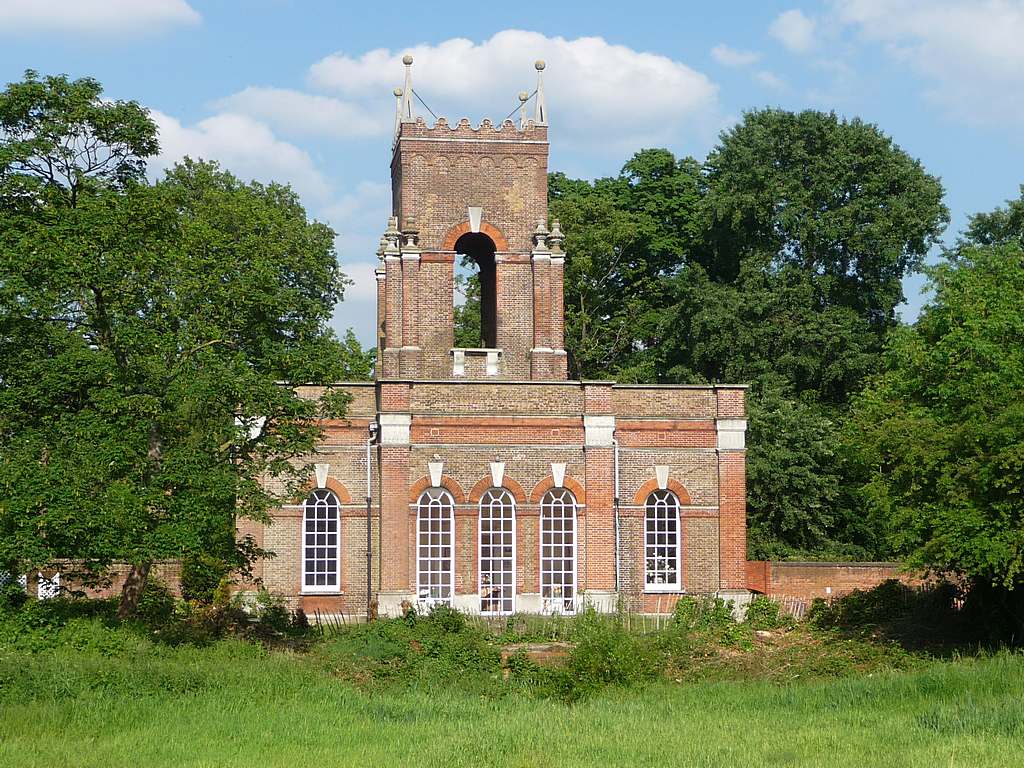
Carshalton Water Tower, West Street, Carshalton, Surrey, is a grade II* listed garden building, built between 1717 and 1720. It contains a suite of rooms which offer both pleasure and practical facilities. The Pump Chamber contains the water wheel which used to power pumps to raise fresh spring water into a cistern, housed at the top of the crowning tower, and to deliver this water on-tap to the mansion, Carshalton House, and fountains in the landscape garden by natural gravity. There is a Bathroom with an exquisite plunge bath, and walls lined with Delft tiles, the Saloon and the Orangery can also be viewed.
ESSEX INDUSTRIAL ARCHAEOLOGY GROUP
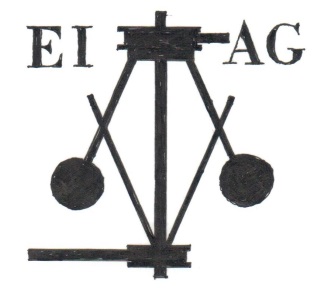
The Essex Industrial Archaeology Group (EIAG) is part of the Essex Society for Archaeology and History and in 2019 incorporated the Essex Mills Group. EIAG aims are to promote the industrial archaeology and heritage of the county, covering the whole of historic Essex including areas which are now in the east of Greater London. Its scope is all the industries which operated in Essex. Its activities include surveys, research, recording and publication of its findings; supporting the conservation of sites; organising a programme of visits and talks; and working in partnership with other societies and groups, and local authorities in order to achieve its aims.
EUROPEAN ROUTE OF INDUSTRIAL HERITAGE

ERIH is a membership network and sites pay an annual fee which varies according to the category of membership. The benefits of membership include enhanced profile, including a presence on ERIH’s well-used website (which currently attracts over 4000 visits per day) and its active social media pages; participation in ERIH conferences, events and initiatives; participation in local and regional routes of industrial heritage; and not least, association with a European organisation that is now recognised by the European institutions as the principle network for the promotion of industrial heritage tourism in Europe. To find out more about ERIH, please contact the UK Coordinator on uk@erih.net.
Greenwich Industrial History Society
Historic Croydon Airport Trust
HMS BELFAST (Imperial War Museums)
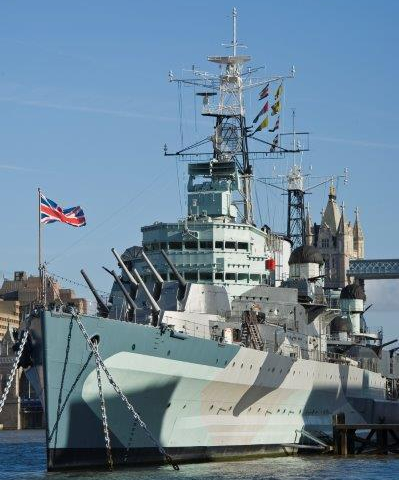
HMS Belfast is the most significant surviving Second World War Royal Navy warship, with a history that extends to the Arctic Convoys, D-Day, the Cold War, Korea and beyond. Moored on the River Thames between London Bridge and Tower Bridge, HMS Belfast tells the story of life on board and explores how war affects and impacts on the morale, resilience and determination of a ship’s community. We take visitors on a journey though the ship’s nine decks and show them what life was like for the 950-strong company, through the real life stories of the people who served on her.
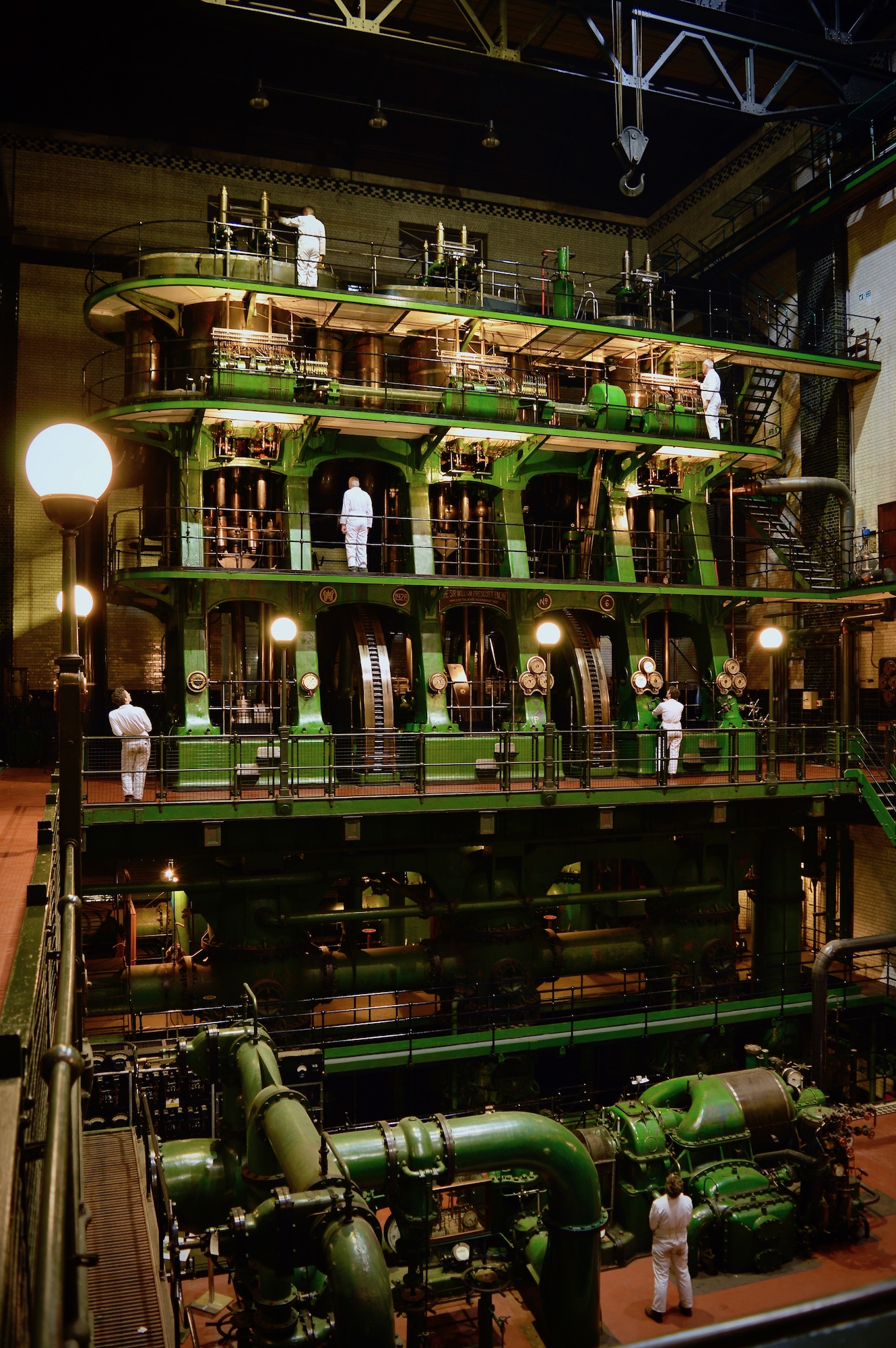 Kempton Steam Museum is home to the world’s largest working triple-expansion steam engine. It stands as high as four stacked double-decker buses and along with its identical twin, pumped vast volumes of London’s drinking water from 1929 to 1980. The museum and its engines are housed within a grand Scheduled Monument located at Thames Water’s Kempton Park Pumping Station in south-west London. The mighty steam engines have been preserved since 1995 by the Kempton Great Engines Trust to ensure that their engineering magnificence is treasured for generations to come. Kempton Steam Museum is open on several weekends throughout the year when the ‘Sir William Prescott’ engine can be seen in steam.
Kempton Steam Museum is home to the world’s largest working triple-expansion steam engine. It stands as high as four stacked double-decker buses and along with its identical twin, pumped vast volumes of London’s drinking water from 1929 to 1980. The museum and its engines are housed within a grand Scheduled Monument located at Thames Water’s Kempton Park Pumping Station in south-west London. The mighty steam engines have been preserved since 1995 by the Kempton Great Engines Trust to ensure that their engineering magnificence is treasured for generations to come. Kempton Steam Museum is open on several weekends throughout the year when the ‘Sir William Prescott’ engine can be seen in steam.
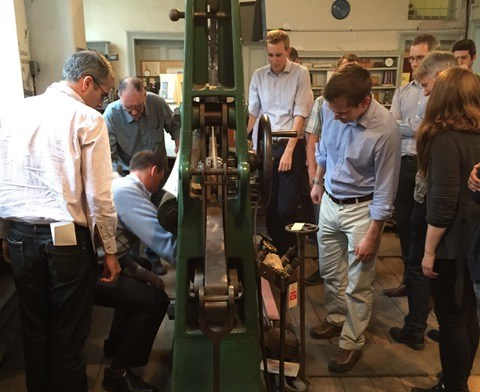
At the height of the Victorian age of ingenuity, Scottish engineer David Kirkaldy moved to London with his pioneering, 116-ton ‘Universal Testing Machine’. He offered, for the first time, the application of independent, calculated testing to the biggest engineering questions of the day. Beneath his carved motto ‘Facts not Opinions’, the unique sight, and smell, of Kirkaldy’s Testing and Experimenting Works can still be experienced at 99 Southwark Street. Both the ‘big machine’ and the building are Grade II* Listed, looked after by a team of volunteers who welcome visitors on open days and at special events with the ambition of inspiring future engineers and innovators.
LONDON MUSEUM OF WATER AND STEAM
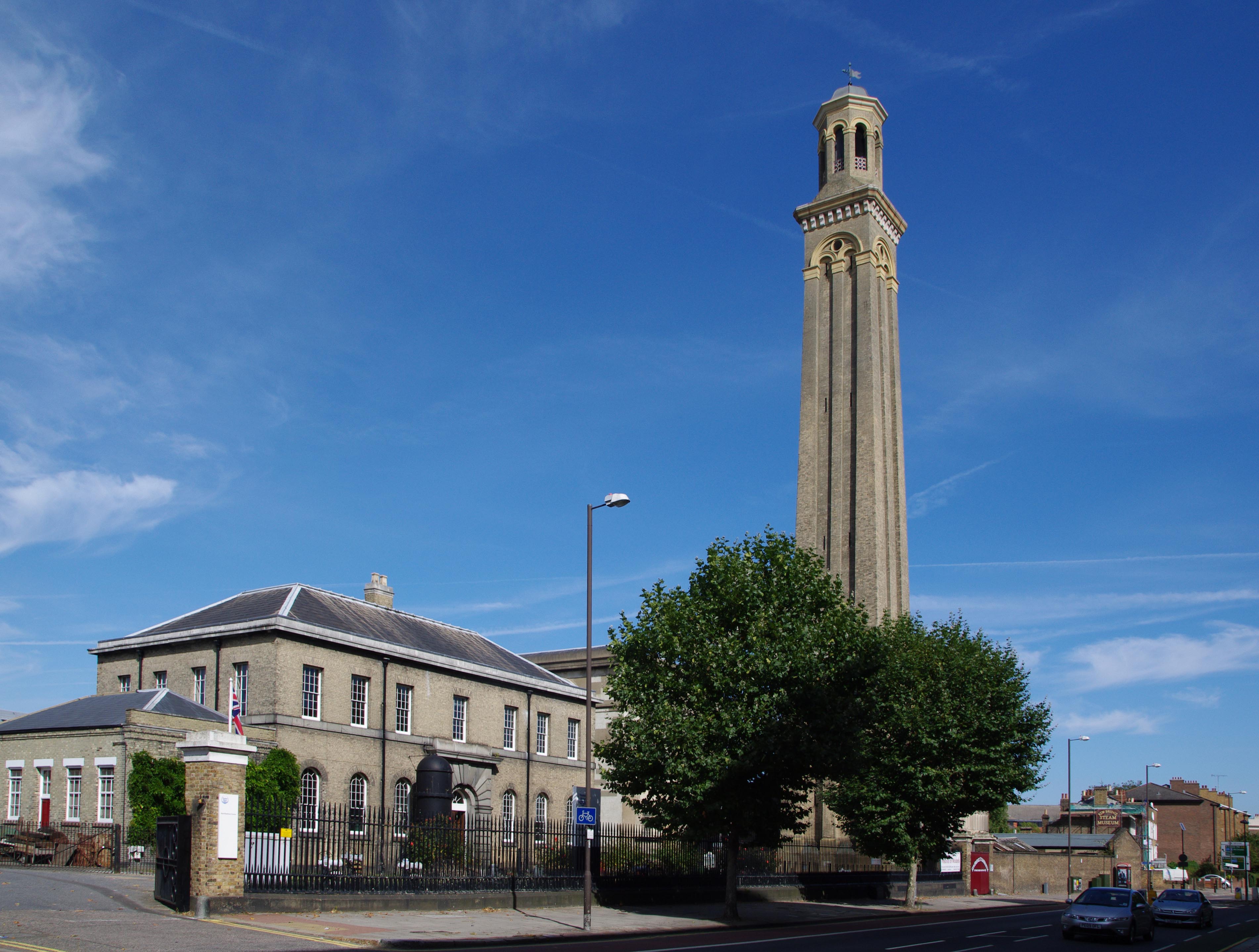
Based in the historic buildings of the former Kew Bridge Waterworks, the London Museum of Water & Steam tells the story of London’s water supply, the site, its people and the amazing pumping engines that helped to make London the great city it is today. As well as housing the world’s largest collection of stationary steam pumping engines, the Museum is also home to a narrow-gauge steam locomotive and a Waterworks Gallery that traces the development of London’s clean water supply. The Museum offers a fun and educational day out for families and steam enthusiasts alike.
MARKFIELD BEAM ENGINE & MUSEUM
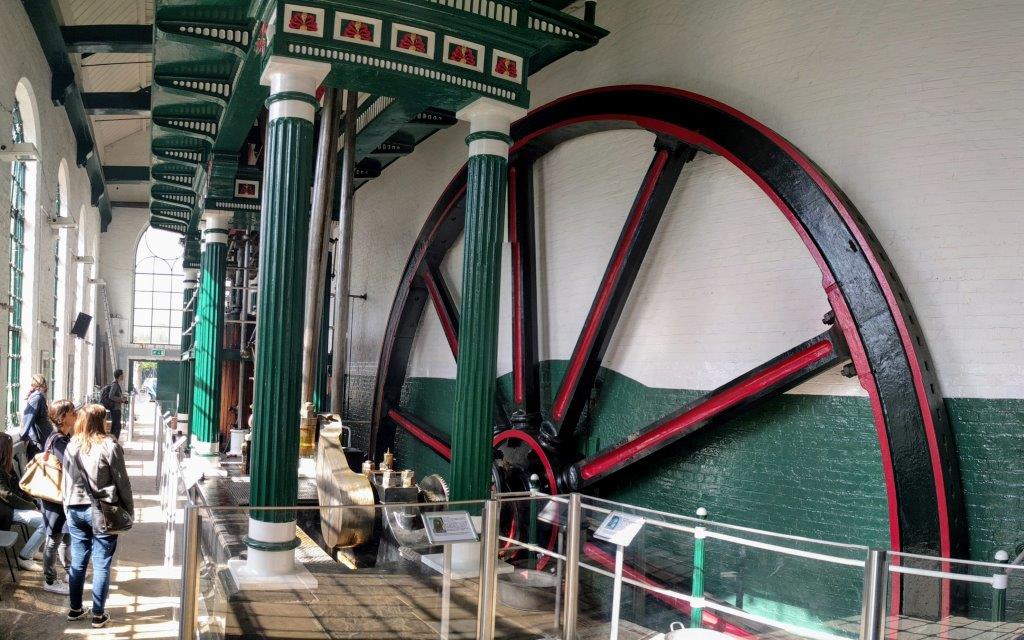
The Museum is located in Markfield Park, alongside the River Lee. The site was a sewage treatment works from 1852 – one of the earliest examples of a local facility in the UK. The remains of the original works’ storage and filter tanks surround the Museum. It features a working double-acting steam-powered 100 h.p. Victorian sewage pumping beam engine, with a classical eight column framework in its original engine hall (both Grade II Listed), dating from 1888. The Museum tells the story of the site and engine and is open to the public on designated days throughout the year, and a number of ‘Steam Days’ between April and September.

Established in 2002, we preserve and protect records of milling heritage, fostering the cultural and educational values of mills and the milling community. A Nationally Accredited Archive Service, we are the UK’s specialist archive on the history of milling: the national centre for mill-related research, recording, learning and understanding; the appropriate repository for milling records. We care for over 250 collections of more than 3,000,000 documents and images, recording the rich and diverse crafts, buildings, equipment and people involved with mills. Over 76,000 of these records are freely available online and some 20 volunteers work to make more publicly accessible.
SHIPSHAPE NETWORK
 Launched in 2010, the Shipshape Network has connected historic vessel owners, skilled craftsmen, businesses, heritage organisations, training bodies and maritime enthusiasts. At the heart of the Network is the National Directory of Skills & Services which provides an online database of practitioners who have worked on boat projects of all types and size, whilst the Crew Bank and Job pages offer free advertising space for both paid and voluntary opportunities across the sector. Featuring more than 100 external maritime projects from across the UK, the Network also provides a dedicated web space and social media coverage to promote their activities and achievements. The Network is divided into eight zones, encouraging local organisations and individual vessel projects to work together. Within each zone, Shipshape Hubs are being nominated by NHS-UK to act as local ambassadors who can champion their area, whilst having the infrastructure and capacity to offer support and guidance to other nearby organisations. More details by following this link: https://www.nationalhistoricships.org.uk/shipshape-network
Launched in 2010, the Shipshape Network has connected historic vessel owners, skilled craftsmen, businesses, heritage organisations, training bodies and maritime enthusiasts. At the heart of the Network is the National Directory of Skills & Services which provides an online database of practitioners who have worked on boat projects of all types and size, whilst the Crew Bank and Job pages offer free advertising space for both paid and voluntary opportunities across the sector. Featuring more than 100 external maritime projects from across the UK, the Network also provides a dedicated web space and social media coverage to promote their activities and achievements. The Network is divided into eight zones, encouraging local organisations and individual vessel projects to work together. Within each zone, Shipshape Hubs are being nominated by NHS-UK to act as local ambassadors who can champion their area, whilst having the infrastructure and capacity to offer support and guidance to other nearby organisations. More details by following this link: https://www.nationalhistoricships.org.uk/shipshape-network

The museum was established in 1983 to preserve and interpret the heritage and history of the industries and people of the Wandle Valley. It is manned by volunteers who give their time to maintain the museum displays and give talks, arrange heritage walks and run textile printing workshops for schools and groups. Currently operating from a temporary home, the museum contains a number of displays including mills, brewing, textile industry, the Surrey Iron Railway and Merton Priory. There is also a model of the William Morris Works and a relief map of the Wandle Valley.
